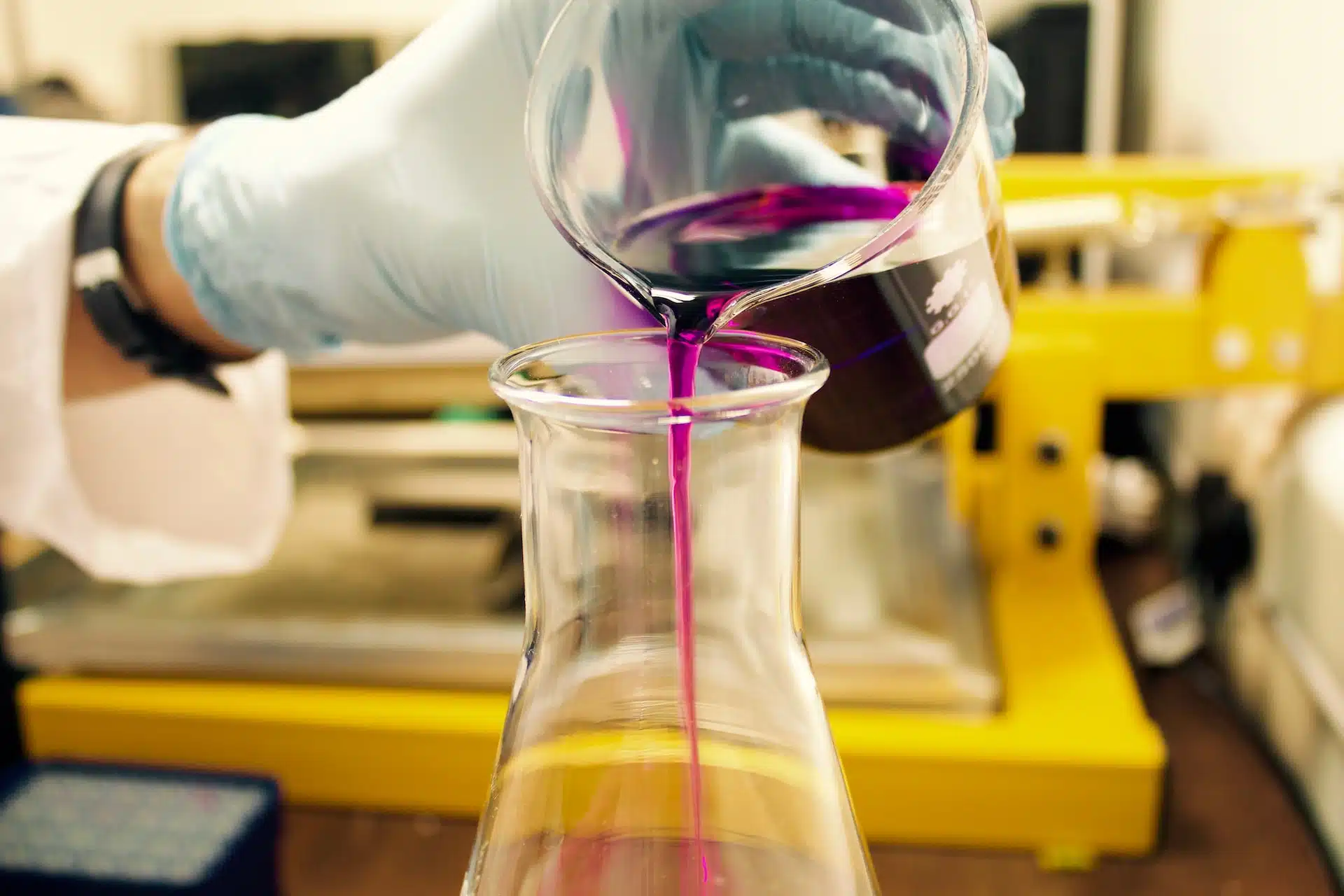
 About the author:
About the author:
Jędrzej Nadolny is a public affairs consultant who specialises in EU chemical regulations and is currently working alongside Europe’s most forward-thinking companies to guide and consolidate their green transitions.
Get to know Jędrzej and Ohana’s complete team of expert consultants.
PFAS Restrictions: New REACH Regulations to Ban “Forever Chemicals” from the EU
PFAS have become a major concern for authorities around the globe due to their widespread use and potential adverse effects on human health and the environment.
The good news is that, once again, European institutions are taking the lead in developing legislation to limit the industrial use of harmful chemicals and an overarching ban on PFAS is on the horizon for EU Member States.
Join me in exploring the reasons behind the growing concerns around the use of “Forever Chemicals” and understanding how the proposed PFAS restrictions will change the game for several of Europe’s largest economic sectors.
Want someone with deep experience and connections in the EU to help guide your sustainability strategy? Get in touch!
What are PFAS?
PFAS is an acronym for per- and polyfluoroalkyl substances, which are a group of synthetic chemicals widely used in industrial and consumer goods since the 1950s. Invented in the 1930s, these substances quickly became incredibly popular among manufacturers around the world due to their unique properties, such as resistance to heat, as well as water- and oil-repellency. PFAS are actually found in an enormous range of products, including textiles, cookware, food packaging, cosmetics, medical equipment and electronics.
The Main Concerns Around PFAS
Also known as “Forever Chemicals”, the main issues surrounding PFAS are their high toxicity and resistance to degradation. This means that the consistent rise in the amount of PFAS released everywhere in the world, but especially in highly developed countries, has been leading to a dangerous accumulation of these substances both in the environment and within living organisms.
Forever Chemicals pose a serious threat to the stability of our planet’s ecosystems, contaminating water and soil, and interfering with the reproduction, development, and behaviour of multiple species. For humans, the bioaccumulation of PFAS has been linked to a number of health issues, including kidney, liver and breast cancer, thyroid disease and developmental problems during pregnancy.
As stressed in the EU Chemicals Strategy for Sustainability, consumers in Europe are currently widely exposed to chemicals present in a myriad of daily-use articles and initiatives to restrict our contact with these potentially harmful substances are beyond urgent. According to the experts, if no action is taken, an estimated 4.4 million tonnes of PFAS will contaminate our ecosystems over the next 30 years.
EU’s PFAS Restriction Proposal and Implementation Timeline
In Europe, the European Chemicals Agency (ECHA) and the European Food Safety Authority (EFSA) have been actively studying PFAS and their associated risks, while some member states also assess and draw potential solutions for the widespread contamination issue.
In January 2023, authorities from Denmark, Germany, the Netherlands, Norway and Sweden presented ECHA with a legislative proposal aimed at reducing PFAS emissions and protecting humans and the environment from its detrimental effects. The document proposes a ban on the use of nearly 10,000 different PFAS by businesses operating within the EU market.
The restriction will be applicable to the complete life cycle of PFAS, including the production, use and placing on the market. This applies to PFAS in consumer products, such as outdoor garments which are often produced with a membrane containing a PFAS polymer PTFE.
The PFAS restriction will be presentedunder REACH Regulation, a comprehensive regulatory scheme within the EU which, since its adoption in 2006, is considered the world’s most advanced chemicals legislation.
By the second half of 2024, the ECHA is expected to have drawn up its opinion on the proposal, which is shaping up to be one of the year’s main events in terms of EU legislation. The agency’s insights will then be used by the European Commission to formulate the final text, and the official document should be published in 2025 (although it may be delayed due to complexity of the file).
European companies will likely begin implementing the restrictions from 2025 onwards and should be prepared to completely eliminate the use of PFAS in their products and processes by 2027-2028.
Impacts for European Businesses and How to Prepare for What’s Coming
While the PFAS Restriction will result in significant changes for a wide range of businesses within the European economy, it is clear that certain industries will face much bigger challenges than others.
The proposal assesses two restriction options: a full ban with no derogations, and a full ban with use-specific time-limited derogations, with periods ranging between 5 and 12 years. The latter option is clearly favoured in the document and should be strongly considered for the final text.
The adoption of a more flexible approach is likely due to the fact that there are currently PFAS-free alternatives available for most applications, but not for all. Many players in the textile industry can already find good PFAS substitutes on the market, but some of those specialising in PPE textiles, for example for professional firefighting activities, might take a while to find alternatives with a satisfactory level of functionality.
What is certain for nearly all organisations under the proposal’s scope, however, is that the standard lack of transparency in regard to the inclusion of PFAS in chemical formulations will make mapping their use within one’s supply chain a challenging task.
This is why my main recommendation for European companies wishing to stay ahead of the game is to keep a close eye on how the legislation is developing and immediately begin the work of elaborating an action plan.
Business leaders should be proactively establishing internal teams to map the presence of substances under ECHA’s guidelines throughout their entire supply chains, even before the final restrictions are determined. This will allow for more time to implement PFAS-free alternatives where needed to guarantee not only the organisation’s full compliance but its competitiveness in Europe’s green future.
Want someone with deep experience and connections in the EU to help guide your sustainability strategy? Get in touch!
Join our newsletter to keep up to date with the latest news and information coming out of the EU.


